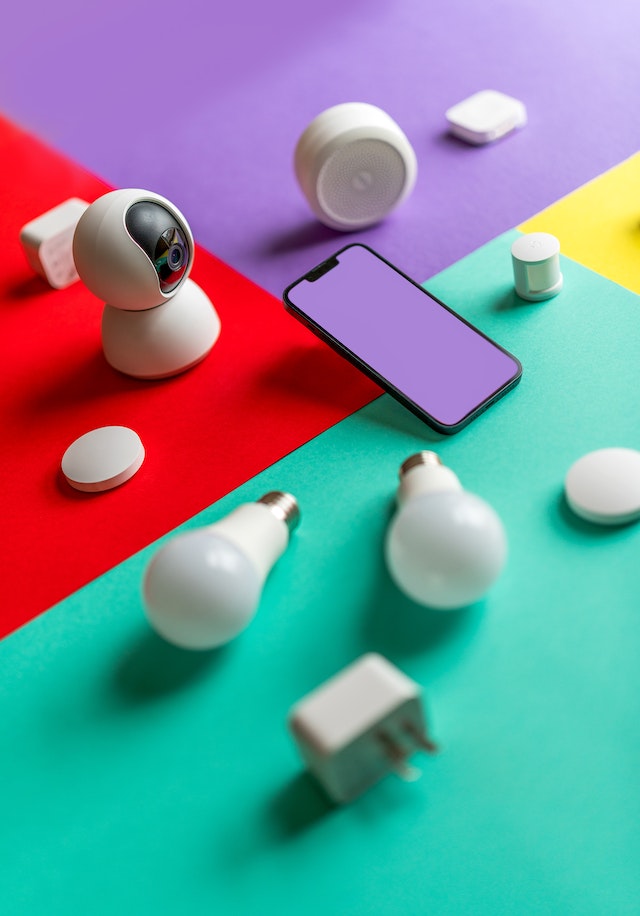Internet of Things (IoT) is about connecting devices over the internet, letting them talk to us, applications, and each other. For example, a smart thermostat that can be controlled remotely through a smartphone app is an IoT device. Similarly, a fitness tracker that monitors your steps and heart rate and sends this data to an app on your smartphone is also an IoT device.
IoT is important for several reasons. First, it improves our quality of life. For example, with IoT, we can control the lights and temperature in our homes remotely. Second, IoT helps businesses improve their efficiency and productivity.
For example, a manufacturing company can use IoT sensors to monitor the performance of its machines and predict when they might break down. Finally, IoT can also help us solve big societal issues. For example, IoT can be used to monitor the usage of water in a city and help conserve water.
Now let's look at some real-world examples of IoT. In health care, doctors can use IoT devices to monitor the health of their patients remotely. In agriculture, farmers can use IoT sensors to monitor the health of their crops. In cities, traffic lights can be connected to IoT to manage traffic flow and reduce congestion.
Think about some other examples of how IoT could be used in the world around you.
Now that you've learned about the Internet of Things (IoT), it's time to reflect on this knowledge. Consider the importance of IoT in our daily lives and its potential impact on the future. Think about the examples you've learned and how they are changing the world. Have a think or discussion around the following points:



